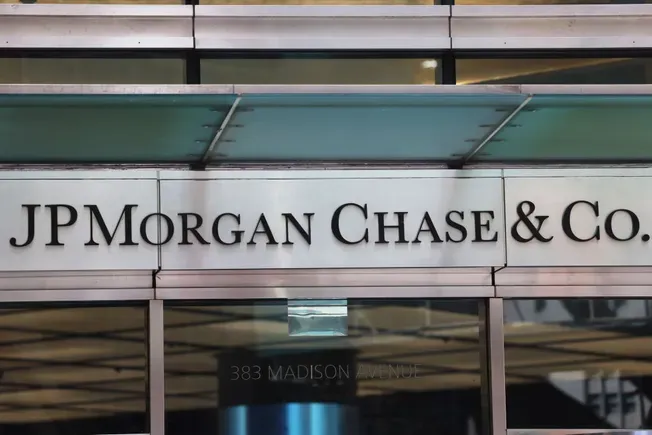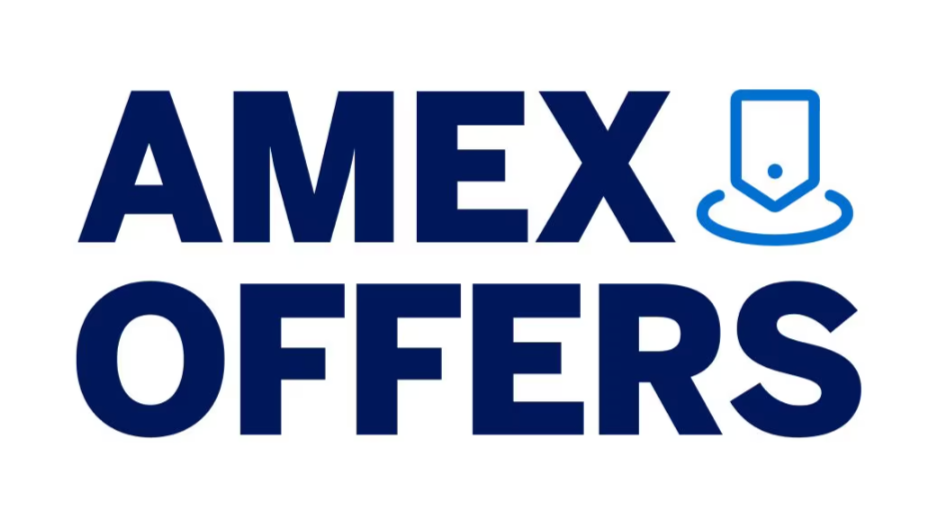An individual retirement account (IRA) is one of the most popular tools available to help you save and invest for retirement. And while many people may be familiar with IRAs, you may not have heard of a self-directed IRA. This unique retirement savings vehicle has many of the same benefits as a regular IRA, but with a few key differences.
Wondering whether a self-directed IRA is right for you? Keep reading to learn how they work, what the benefits are, and a few of the risks you should be aware of
What is a Self-Directed IRA (SDIRA)?
A self-directed IRA (SDIRA) is a type of individual retirement account that allows investors to invest in alternative assets to help them save for retirement.
As an IRA authorized by the IRS, these accounts are also tax-advantaged, meaning either your contributions are tax-deductible or your distributions are tax-free.
How Does a Self-Directed IRA Work?
In most individual retirement accounts, you can invest in primary asset classes like stocks, bonds, and pooled investments. But you generally can’t invest in alternative investments like real estate, commodities, cryptocurrency, and more. That’s where an SDIRA comes in.
An SDIRA allows investors to purchase those alternative investments they wouldn’t be able to in another type of IRA. Rather than being housed with a traditional brokerage firm, an SDIRA has a custodian that holds the assets and serves as an intermediary when you purchase assets in your account.
However, the custodian is a hands-off party in most respects — they can’t offer financial advice or help you choose your investments.
IRA requirements
While SDIRAs are a unique type of retirement account, they’re still subject to many of the same requirements that other types of IRAs are.
First, IRAs have an annual contribution limit of $6,000 in 2021 (or $7,000 for investors age 50 or older). The IRA contribution limit is a combined limit, meaning it applies to all types of IRAs. You can’t contribute $6,000 to a traditional IRA and another $6,000 to your SDIRA — it’s $6,000 total.
IRAs also have certain distribution rules. In general, you can’t take withdrawals from your IRA until you reach age 59½.
If you take non-qualified distributions, you’ll pay any required income taxes on the funds, as well as an additional 10% early distribution tax.
Traditional vs. Roth Self-Directed IRA
Just like a standard IRA, an SDIRA can come in the form of either a traditional or Roth account. Both types of accounts have tax advantages, but they come at different times.
When you contribute to a traditional SDIRA, you can deduct your contributions to the account. Then, your assets can grow tax-deferred until you take distributions during retirement, at which point you’ll pay income taxes on your distributions.
In the case of a Roth SDIRA, you can’t claim a tax deduction for your contributions.
Instead, you contribute to the account with after-tax money. Then, your investments grow tax-free in the account, and you can take distributions without paying taxes on them.
The two accounts also differ when it comes to distributions. Traditional IRAs, including traditional SDIRAs, require that investors begin taking required minimum distributions by age 72. This requirement doesn’t apply to Roth SDIRAs.
Additionally, while the money contributed to a traditional SDIRA must stay in the account until the investor reaches age 59½, Roth SDIRA contributions (but not earnings) may be withdrawn at any time.
It’s important to note that the restrictions around the use of certain IRA accounts also apply to SDIRAs. For example, only those individuals earning $125,000 or less can make the maximum Roth IRA contribution, and those earning more than $140,000 can’t contribute at all. The limits are $198,000 and $208,000 for those married filing jointly.
How to Open a Self-Directed IRA
The process of opening an SDIRA isn’t difficult. In fact, you can probably have your account open in just a few minutes.
Here’s how to get started:
- Choose a custodian. There are plenty of companies that specialize in offering SDIRAs. Most popular online brokers don’t offer SDIRAs, so it may take a bit more research to find the right custodian.
- Open your account. Each SDIRA custodian will have its own process for opening an account, but most require a simple online form that you can complete in just a few minutes.
- Fund your account. Once your SDIRA is open, you can fund your account in a variety of ways. You can make new contributions, as well as transfer or roll money over from an existing IRA or a 401(k).
- Choose your investments. Once you’ve funded your account, the only step left is to choose your investments so you can start growing your retirement savings.
Investing in a Self-Directed IRA
Once you’ve funded your SDIRA, you can begin investing your contributions to help your money grow. The benefit of an SDIRA is that you can invest in far more assets than you can through other types of IRAs.
While some SDIRA custodians have partnerships in place with dealers for certain alternative assets, you may need to seek out your own for certain transactions.
From there, your custodian can facilitate the purchase using the funds in your SDIRA.
What assets can you own in a self-directed IRA?
The assets you can own in an SDIRA go far and beyond the traditional investments that you can hold through a standard IRA. Some of the assets available include:
- Real estate
- Commodities
- Tax lien certificates
- Promissory notes
- Private placements
- Limited partnerships
- Cryptocurrency
It’s important to note that while the list of assets you can own in an SDIRA is greater than what’s available in other types of IRAs, there are still some limits. The IRS prohibits IRAs from holding assets such as life insurance and collectibles such as art and antiques. They’re also prohibited from owning many precious metals other than gold, silver, platinum, or state-issued coins.
Benefits of a Self-Directed IRA
There are several key benefits that can make SDIRAs attractive, including the opportunity for diversification, the potential returns, and the tax advantages they offer.
Diversification
The main benefit that someone may want to use an SDIRA for is the diversification they provide.
In a standard IRA or an employer-sponsored account like a 401(k) plan, you can invest in the primary asset classes like stocks, bonds, and pooled investments. But an SDIRA allows you to invest in alternative assets. When combined with more traditional investments, these alternative investments can help you to create a more diversified portfolio.
Potential returns
Another reason someone might invest in an SDIRA is to seek higher returns than they may get in another retirement account. Because many of the alternative investments available to SDIRA investors have a higher risk, they may also have a higher potential reward.
It’s important to note that, as with any investment, these investments don’t actually guarantee a higher return.
In fact, because of the greater risk that they may involve, you may have a greater chance of loss than with more traditional investments.
Tax advantages
It’s not necessary to use an IRA to invest in real estate, commodities, and other alternative investments. However, the advantage of investing in those assets through an SDIRA rather than through another method is that you receive the tax advantages available to IRA investors. Depending on the type of IRA you choose — traditional or Roth — you can either deduct your SDIRA contributions or receive tax-free distributions during retirement.
Risks of a Self-Directed IRA
While SDIRAs have their fair share of benefits, it’s also important to understand the downsides and risks you take on when you invest in this type of account.
Prohibited transactions
While SDIRAs can hold many assets that may not be available for a standard IRA, certain transactions are still prohibited. According to the IRS, a prohibited transaction can include borrowing from the IRA, selling property to the IRA, using the IRA as security of a loan, or buying property for personal use with the IRA funds.
These transactions are prohibited when done by the IRA owner, a fiduciary, the IRA beneficiary, or members of the IRA owner’s family.
So what would a prohibited transaction look like in real life? For example, SDIRAs allow you to invest in real estate. But you would be prohibited from using your SDIRA to buy a home for you or a family member to live in. That would be an example of buying property for personal use.
It would also be prohibited for you to buy a piece of real estate in your SDIRA and later sell it to yourself for personal use, or vice versa.
If you complete any prohibited transactions through your SDIRA, the account ceases to be an IRA on the first day of that year. It will be considered a distribution from the account, and you’ll lose all of the tax advantages of an IRA.
Higher fees
As with most investment tools, you should expect to pay fees with your SDIRA. In fact, this type of IRA often comes with higher fees and more complex fee structures than you might pay for the investments in your standard IRA.
While standard IRAs only result in a fee for the securities you hold, an SDIRA is likely to have an annual account management fee. Additionally, you may also pay a fee to set up your account, complete transactions, and more.
Investment risk
Whether you invest in an SDIRA, a standard IRA, or a taxable brokerage account, you accept some risk — it’s inevitable with investing.
But investing in an SDIRA, in particular, can bring some additional risk because of the assets you invest in.
An SDIRA generally allows you to invest in alternative investments like commodities, tax lien certificates, real estate, private placements, and more. Many of these alternative investments are higher-risk than the stocks, bonds, and pooled investments you’re likely to invest in through a standard IRA.
Additionally, unlike other investment vehicles, the custodian of an SDIRA can’t offer investment advice or help you choose your investments. So if you decide to use an SDIRA, it’s critical that you fully understand the assets you’re investing in and the potential risks they have.
It is important to note that while your SDIRA custodian can’t offer financial advice, you can still seek advice elsewhere. A financial advisor who is not the custodian of your account can advise you and help you choose the right investments for you.
Risk of fraud
According to the Securities and Exchange Commission (SEC), SDIRAs may be at more risk for fraud than other investment accounts because of their self-directed nature and the fact that custodians offer limited protections.
It was specifically found that SDIRAs could be the target of Ponzi schemes and other fraudulent promotions because of their ability to hold unregistered securities.
The SEC advises that fraudsters sometimes represent the responsibilities of an SDIRA custodian to lead investors to believe their money is safer than it truly is. If an SDIRA custodian recommends certain investments, promises the safety of your investment, or guarantees a certain return, then it’s likely not legitimate.
The Bottom Line
An SDIRA can be an effective retirement savings tool for those who want the opportunity to invest in alternative assets in a tax-advantaged way. This type of account might be suitable for investors who already have large holdings in traditional asset classes and who want to add diversification to their portfolios.
It’s important to note, however, that SDIRAs aren’t right for everyone. In fact, for most investors, the traditional assets available through another retirement account are probably plenty.
And even if you do choose to include alternative assets in your retirement portfolio, it’s important to maintain diversification and not put all of your funds into these high-risk alternative investments.
Before opening and investing with an SDIRA, be sure you fully understand how the account works, what restrictions you’re subject to, and any assets you decide to invest in. The more you educate yourself before diving in, the less likely you are to inadvertently break one of the rules for these accounts or make an investment decision that may put your retirement savings at risk.
You can take a few actions now to get yourself on the right track.
- Download 65 Ways to Retire Smart, an actionable guide with insights from fiduciary financial advisors. The guide is free.
- Sign up for the Personal Capital Dashboard. Millions of people use these free and secure professional-grade online financial tools.
You can use them to see all of your accounts in one place, analyze your spending, and plan for long-term financial goals.
- Consider talking to a fiduciary financial advisor for more detailed guidance on your retirement saving strategies.
Get Started with Personal Capital’s Free Financial Tools
Author is not a client of Personal Capital Advisors Corporation and is compensated as a freelance writer.
The content contained in this blog post is intended for general informational purposes only and is not meant to constitute legal, tax, accounting or investment advice. Compensation not to exceed $500. You should consult a qualified legal or tax professional regarding your specific situation. Keep in mind that investing involves risk.
The value of your investment will fluctuate over time and you may gain or lose money. Any reference to the advisory services refers to Personal Capital Advisors Corporation, a subsidiary of Personal Capital. Personal Capital Advisors Corporation is an investment adviser registered with the Securities and Exchange Commission (SEC). Registration does not imply a certain level of skill or training nor does it imply endorsement by the SEC.
Original Article






